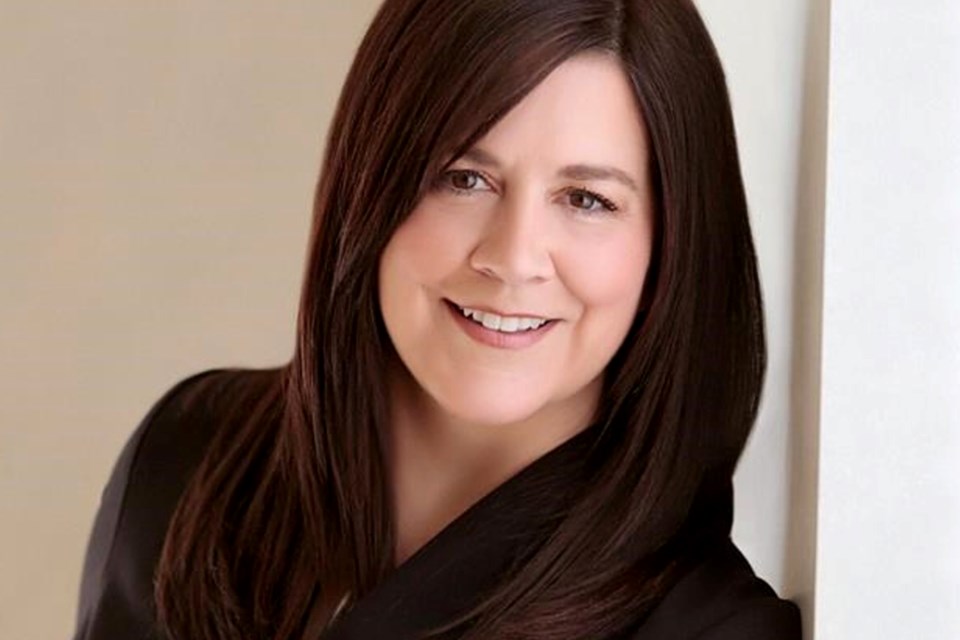OTTAWA — Prime Minister Justin Trudeau appointed Ontario judge Michelle O'Bonsawin to the Supreme Court of Canada on Friday, making her the first Indigenous person poised to sit on the country's highest bench.
Born and raised in Hanmer and an Abenaki member of Odanak First Nation, O'Bonsawin holds a Bachelor of Arts from Laurentian University, a Bachelor of Law from the University of Ottawa, a Master of Law from Osgoode Hall Law School, and a Doctorate in Law from the University of Ottawa. A bilingual Franco-Ontarian, she lives in Ottawa with her family.
O'Bonsawin comes to the court after spending five years as a judge at the Ontario Superior Court of Justice in Ottawa, where she was also the first Indigenous woman to hold that position.
Before that, she spent eight years serving as the Royal Ottawa Health Care Group's general counsel. She has also taught law at the University of Ottawa, and earlier worked in legal services for the RCMP and Canada Post.
The requirement for English-French bilingualism has been cited as a factor that previously complicated efforts to find Indigenous candidates for the court, amid longtime criticism about diversity on the bench.
"Canada's top court has always been missing an individual to interpret Canadian laws through an Indigenous lens — but not anymore," Elmer St. Pierre, the national chief of the Congress of Aboriginal Peoples, said in a statement Wednesday, which said the organization is "thrilled" about the appointment.
"Indigenous people have long faced discrimination, racism and prejudice in Canada’s justice system, leading to the overrepresentation of our people in courts and prisons. Governments must continue to ensure Indigenous voices help create laws, interpret and enforce them."
Murray Sinclair, a former senator and former chair of the Truth and Reconciliation Commission, said in a statement O'Bonsawin will be an "important voice" on the court.
Sinclair said he advised O'Bonsawin on her application for the job and she is "immensely qualified" for the position.
"It is long past due that the court has a seat for an Indigenous justice, one who has seen firsthand the impact of colonialism on Indigenous communities," he said. "The court is made stronger, and our decisions are better, when there are diverse perspectives where they are needed most."
RoseAnne Archibald, the national chief of the Assembly of First Nations, tweeted that O'Bonsawin's nomination is "an important appointment at a critical time" and congratulated the incoming justice for making "#HERstory."
Last year, Justice Mahmud Jamal became the first person of colour to join the Supreme Court's ranks.
O'Bonsawin's appointment will fill the vacancy left by Justice Michael Moldaver, who is set to retire Sept. 1 a few months before he turns 75, the court's mandatory retirement age.
Before O'Bonsawin begins in the new role, the House of Commons justice committee is expected to meet next Wednesday to hear from the justice minister and the chairperson of the Independent Advisory Board for Supreme Court of Canada Judicial Appointments.
O'Bonsawin will then appear before the committee, and members of the Senate, for a question-and-answer session.
O'Bonsawin's biography says she has "developed a thorough understanding of legal issues related to mental health" and "performed significant research regarding the use of Gladue principles in the forensic mental-health system."
She successfully defended a PhD thesis at the University of Ottawa earlier this year about the application of Gladue principles, which outline ways for judges to consider the unique experiences of Indigenous Peoples.
In an online post last year, the Canadian Institute for the Administration of Justice quoted O'Bonsawin, one of its board members, saying that her role model is former Supreme Court justice Beverley McLachlin. "Throughout her career, she has shown great wisdom, dedication and poise," O’Bonsawin said in the post.
A required questionnaire posted by the Department of Justice upon her appointment to the Ontario Superior Court elaborated on her experience with mental-health law.
"I would like to ensure that the stigma associated with mental health is reduced and one day completely eliminated. This applies not only to the general population but also to the judiciary," O'Bonsawin wrote.
"Quickly identifying mental-health problems at the start of any legal proceeding would help individuals more quickly access the appropriate treatment they need to improve their mental health and to become productive members of society."
She also wrote about her appreciation for the situation of Indigenous Peoples and described being discriminated against and made fun of as a young Indigenous girl growing up off-reserve.
She said her experience as a francophone Indigenous woman, as a mother and as a professional in the mental health and Indigenous law fields is "a clear example of the rich diversity that makes our country so special to me and my family."
Answering a question about the appropriate role of a judge in a constitutional democracy, O'Bonsawin wrote that judges must interpret the constitution as a living document and "demonstrate great skill in striking the delicate balance between the needs of the public and the rights of the individual."
She said judges must be politically neutral, without external influence and always keep in mind that decisions "may help protect vulnerable populations, those that cannot speak for themselves and are often exploited."
In a video posted to the University of Ottawa website, O'Bonsawin described wanting to become a lawyer as early as the age of nine, and pushing back when a high-school guidance counsellor said it might not be in the cards for someone from a small northern Ontario community.
"No, this is what I'm going to do," she told him then. "Watch me."
This report by The Canadian Press was first published Aug. 19, 2022.
Marie-Danielle Smith, The Canadian Press
